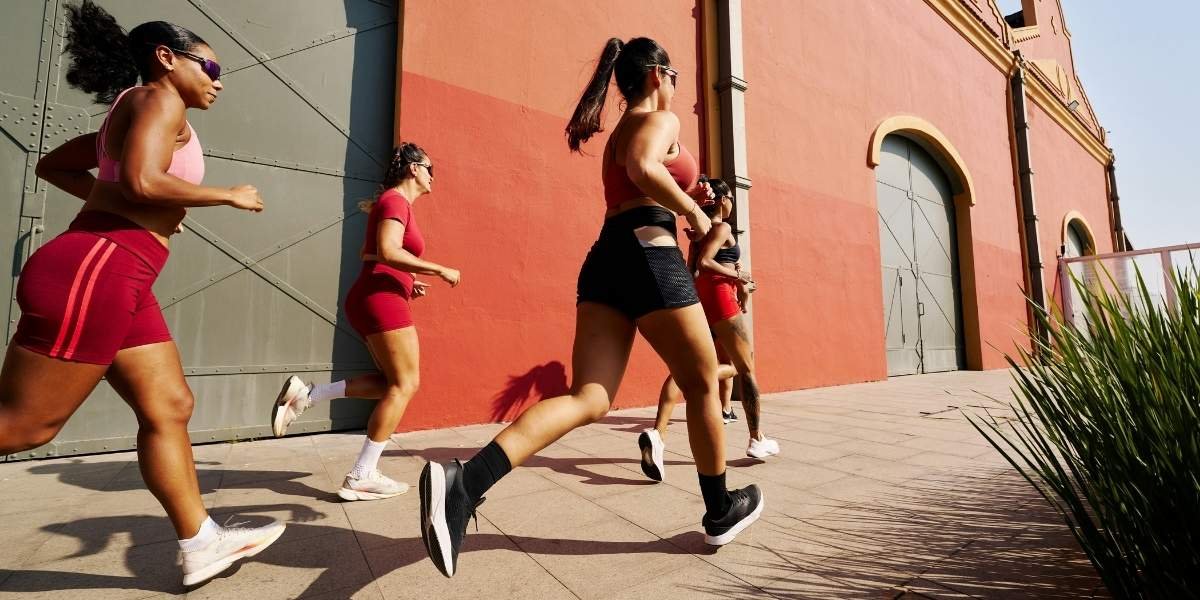Staying Motivated in Creative Pursuits
Why Is Staying Motivated So Challenging in Creative Work?
The path of creativity is often dotted with peaks of inspiration and valleys of self-doubt. For anyone working in the creative field, staying motivated can feel like a constant battle against inner resistance. It’s easy to start a project with enthusiasm, but keeping that energy alive as time passes is where many creative individuals struggle.
Creativity isn’t linear. It demands emotional investment, and with that comes the risk of burnout, frustration, and loss of drive. Yet, staying motivated doesn’t just rely on sheer willpower. It’s about understanding the unique challenges of creative work and developing strategies to maintain momentum.
Read Also: The Power of Female Solidarity: Supporting Each Other
How Do Creative Blocks Impact Motivation?
Creative blocks are more than just frustrating—they can deeply affect motivation. When an idea doesn’t come together or a project feels stagnant, it’s natural to wonder if progress is even possible. The longer this feeling persists, the more likely it is to lead to a complete loss of motivation.
Many creatives face the pressure of perfectionism, leading them to pause or abandon projects that aren’t meeting their high expectations. But it’s important to understand that these blocks are part of the process. Artists, writers, musicians, and other creatives all encounter moments when their flow is interrupted, and it’s crucial not to equate these temporary setbacks with permanent failure.
What Role Does Routine Play in Staying Motivated?
While creativity thrives in freedom, routine provides structure. It might sound counterintuitive, but a regular schedule can actually fuel motivation. Establishing daily habits, like setting aside specific time blocks for creative work, can reduce the mental effort required to start each day. When creativity becomes part of your routine, you remove the mental block of “getting started.”
Setting smaller, achievable goals also plays a key role in maintaining motivation. By breaking large projects into bite-sized tasks, you can celebrate small wins along the way. This sense of accomplishment helps keep you moving forward, even when the bigger picture still feels far off.
How Can External Inspiration Help?
It’s easy to feel isolated in creative pursuits, especially when working independently. One of the best ways to stay motivated is by surrounding yourself with sources of inspiration. Whether it’s through collaborating with others, attending workshops, or consuming content related to your craft, external input can reignite your passion.
Additionally, exploring the works of others can help shift your perspective and open new avenues for your own creativity. Sometimes, just seeing someone else’s approach can spark an entirely fresh direction for your project. This external inspiration offers both the motivation to continue and new insights into the creative process.
Can Accountability Boost Creative Motivation?
Sometimes, motivation thrives with a little help from others. Sharing your goals with a trusted friend, mentor, or even a creative community can provide a sense of accountability. When you have someone who is aware of your progress, it can push you to keep working even when your own drive falters.
In many cases, it’s not about external validation but about having that gentle reminder to stay focused. Being part of a community where you can share ideas and experiences also fosters a sense of camaraderie. You’re not alone in your creative journey, and sometimes knowing others are walking the same path is enough to reignite your motivation.
How Does Self-Care Affect Creative Motivation?
Taking care of your mental and physical health is vital for maintaining motivation in any field, but it’s particularly important for those in creative pursuits. Creative work demands a lot of emotional energy, and when your well-being is neglected, it’s easy to burn out.
Incorporating self-care practices into your routine can help refresh both your mind and body. Simple acts like taking regular breaks, getting enough sleep, eating well, and exercising contribute to overall well-being and mental clarity. When you’re feeling your best physically, your motivation to create naturally follows suit.
What Role Does Failure Play in Staying Motivated?
Failure is an inevitable part of any creative pursuit. But rather than seeing it as a setback, try viewing failure as part of the process. The most successful creatives often fail more times than they succeed, but they don’t let those failures define their journey.
Learning to embrace failure with a growth mindset is essential for long-term motivation. Each mistake or misstep is a learning opportunity, and each revision or redirection gets you closer to achieving your creative vision. Understanding that progress is not linear—and that setbacks don’t mean the end of a project—can help you push past moments of doubt.
Read Also: Why Are Low Impact Workouts Gaining Popularity Among Women?
How Can Celebrating Small Wins Maintain Momentum?
Focusing on the big picture can be overwhelming. Instead, celebrate the small wins. Each step you take toward completing a project is an accomplishment in itself. Whether it’s finishing a draft, mastering a new technique, or even just getting through a creative block, acknowledging these moments is essential for maintaining motivation.
Celebrating small victories helps reinforce the idea that progress is being made, even if it feels slow. These incremental achievements can be a powerful reminder that you are moving forward, no matter how small the steps may seem.










